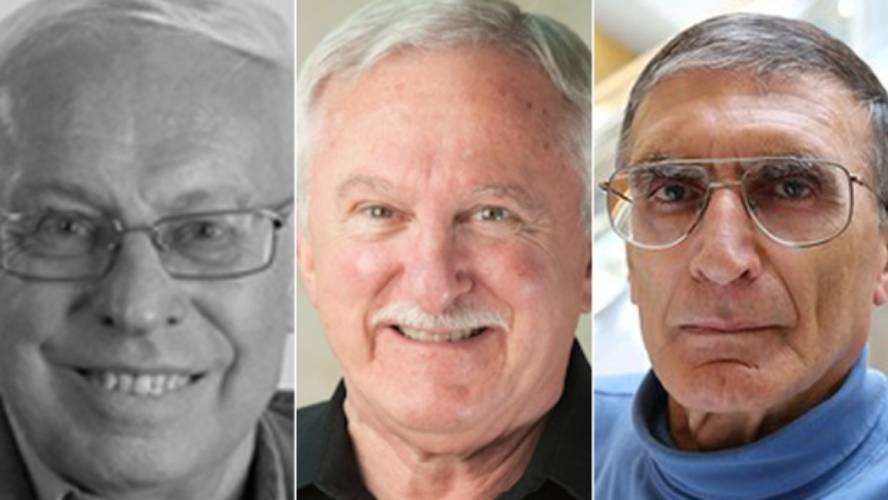Nobel Prize in Chemistry for researchers of DNA repair mechanisms

Daily cellular DNA suffers constant alterations of the medium, both by ultraviolet radiation and free radicals, or by other substances capable of transforming DNA. However, the Royal Swedish Academy of Sciences stressed that “surprisingly DNA remains intact.” Thus, the 2015 Nobel Prize in Chemistry will fall in those who discovered how repair systems that maintain DNA work and protect genetic information at a molecular level.
This research topic began in the late 1960s. At that time, scientists considered that DNA was an extremely stable molecule; they recognized the existence of mutations in each generation, essential for evolution. But genetic information could not be very unstable, because otherwise it would be impossible for pluricellular living beings to exist.
Thomas Lindahl during postdoctoral research found that RNA molecules were rapidly degraded. This led him to think that DNA might not be as stable as was thought and, experimentally, confirmed that conviction. In addition, in view of the factors that harmed DNA, he concluded that some system should be repairing all these damages. He opened the door to a wide field of research.
Three researchers, three mechanisms
Lindahl himself discovered and described one of these mechanisms: repair by excision of bases. When an alteration occurs in a base of the DNA chain, a molecular mechanism is launched to solve it: an enzyme, glycosylase, cuts the base; other enzymes extract the rest of the components of this nucleotide of the chain and, finally, the hollow is filled with non-defective components. In 1996 it regenerated in vitro.
Aziz Sancar discovered the mechanism used by cells to repair the damage caused by ultraviolet radiation. In the excision repair of nucleotides, the enzymes extract a dozen nucleotides from the DNA chain that contain damaged nucleotides, and then, as in the previous case, the adn-polymerase and the dna-ligase fill the gap.
For his part, Paul Modrich described the mechanism to solve erroneous equations that occur at time intervals during DNA replication. In this way, the frequency of failures in replication is reduced a thousand times. A group of enzymes is also involved in this mechanism. In this case, however, it focuses on the methyl groups of DNA chains. If, by mistake, the chain that should be methylated is not methylated during DNA copying, certain enzymes identify it, cut it, and correctly complete the copy.
More of these three mechanisms are involved in DNA resolution and, when one fails, genetic information begins to change and increases the risk of developing cancer. In fact, in many types of cancer, some of these mechanisms are affected. Based on this knowledge, many researchers work on the development of drugs and cancer treatments.





